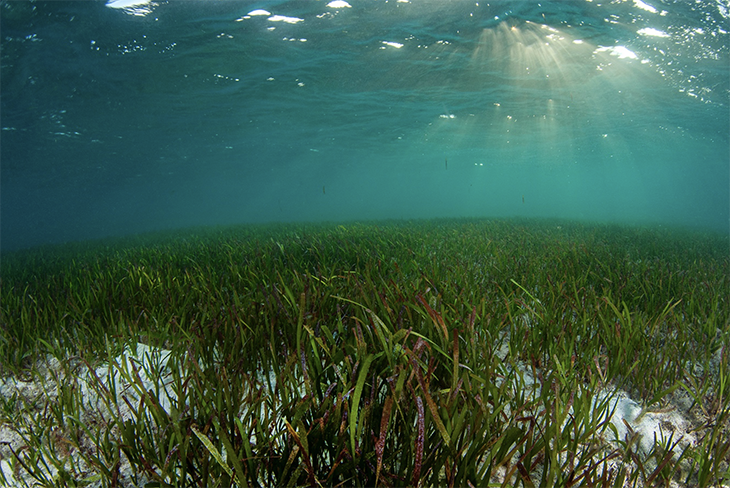
For the benefit of any government authorities who may be reading, there exists a remarkable plant beneath the ocean’s surface, one that serves as a crucial haven for numerous marine species, stabilizes sediment on the seabed, mitigates the force of ocean waves, regulates ocean acidity, and holds a staggering 35 times more carbon per cubic inch of rootstock compared to the lush rainforests of the tropics. Astonishingly, this botanical marvel is neither a product of fiction nor an exceedingly rare find.
Known scientifically as Posidonia oceanica but more commonly recognized as seagrass, this extraordinary aquatic vegetation plays a multifaceted and indispensable role within marine ecosystems. Researchers and conservationists associated with the Med Sea Foundation, located on the picturesque island of Sardinia, Italy, firmly believe that by restoring the seagrass meadows that have been under threat, they can not only protect their own coastal regions but also contribute significantly to the global battle against climate change.
The ambitious initiative recently launched by the Med Sea Foundation aims to plant an impressive one million seagrass plants by the year 2050, covering an expansive area of 19 square miles (50 square kilometers) along Sardinia’s Sinis Peninsula coastline.
Seagrass constitutes a remarkable one-tenth of all the carbon storage within the world’s oceans. However, these ecosystems are inherently delicate and are highly susceptible to damage resulting from various human activities.
To address this concern, the Med Sea Foundation is taking a comprehensive approach. In addition to the significant planting efforts, they are implementing the installation of numerous anti-trawl barriers. These barriers, essentially composed of concrete or stone blocks, are designed to thwart the trawl nets and anchors of any vessels attempting illegal coastal fishing practices.
This proven method has previously been employed successfully to combat fish poaching and has already led to the restoration of fish stocks and marine ecosystems off the Tuscan coast. In a nod to the region’s artistic heritage, the barriers used there were crafted from Carrara marble, sculpted into exquisite statues.
Posidonia oceanica, in addition to its role in carbon storage and ecosystem maintenance, also serves as a vital protector of coastlines by attenuating the impact of wave energy. Furthermore, it actively contributes to the formation and consolidation of the sediment and sandy shores that attract more than two million tourists to the island of Sardinia annually.
The commendable efforts of the Med Sea Foundation have garnered support from various quarters, including the University of Exeter in the UK, the electric-vehicle racing organization known as Extreme-E, and the esteemed Sotheby’s Auctioneers.
Interestingly, other nations are also recognizing the incredible value of seagrass ecosystems, leading to ongoing or completed restoration projects in regions such as Wales and the state of Virginia. These initiatives collectively underscore the global significance of seagrass preservation and the pivotal role it plays in addressing environmental challenges on both regional and international scales.
What are your thoughts? Please comment below and share this news!
True Activist / Report a typo


